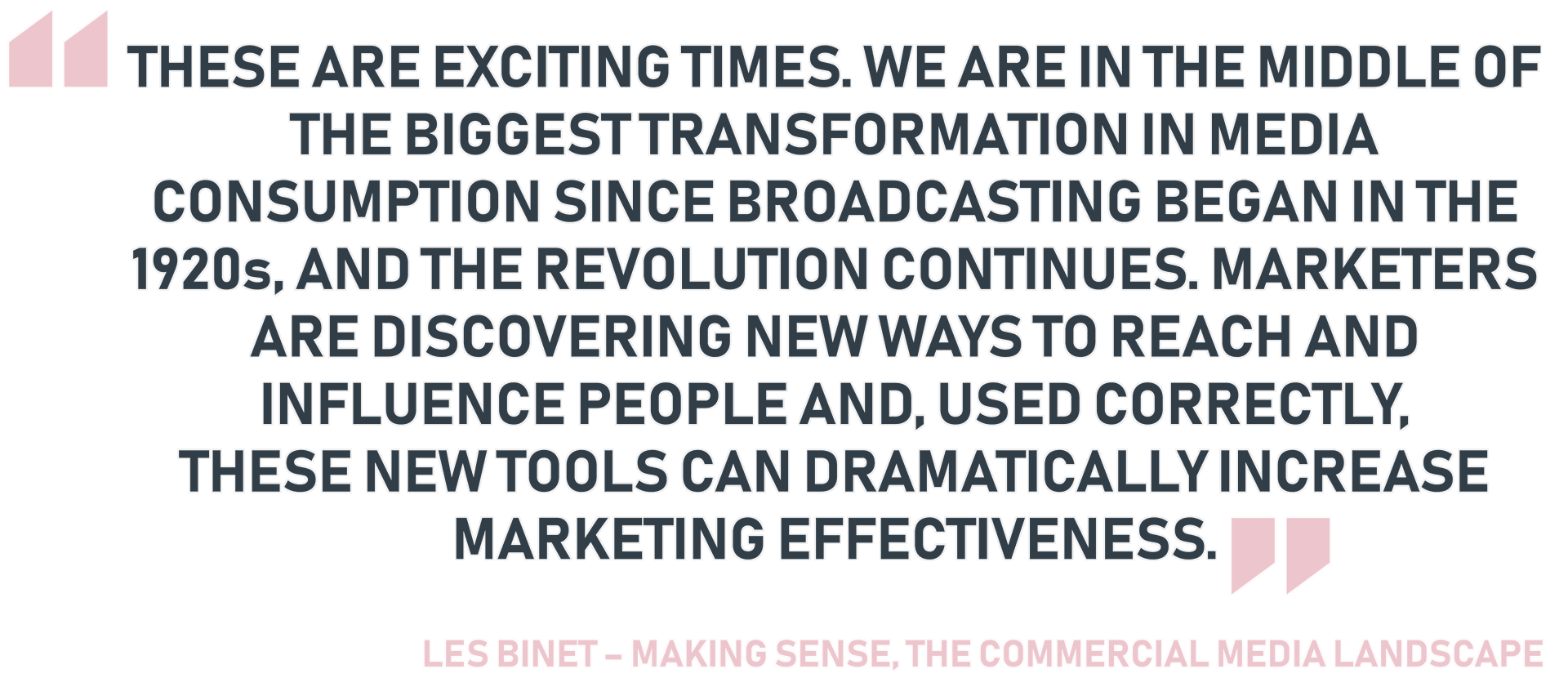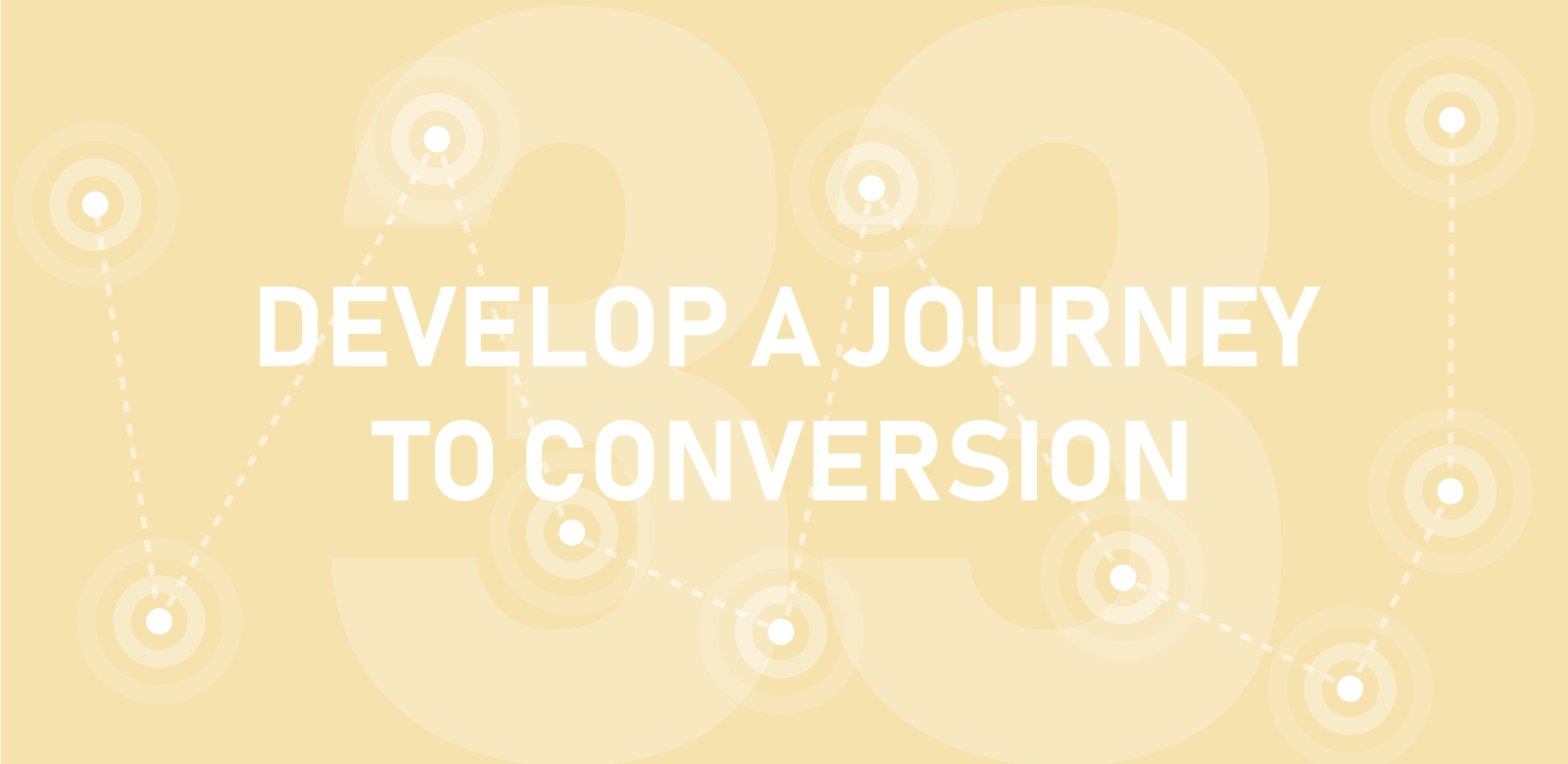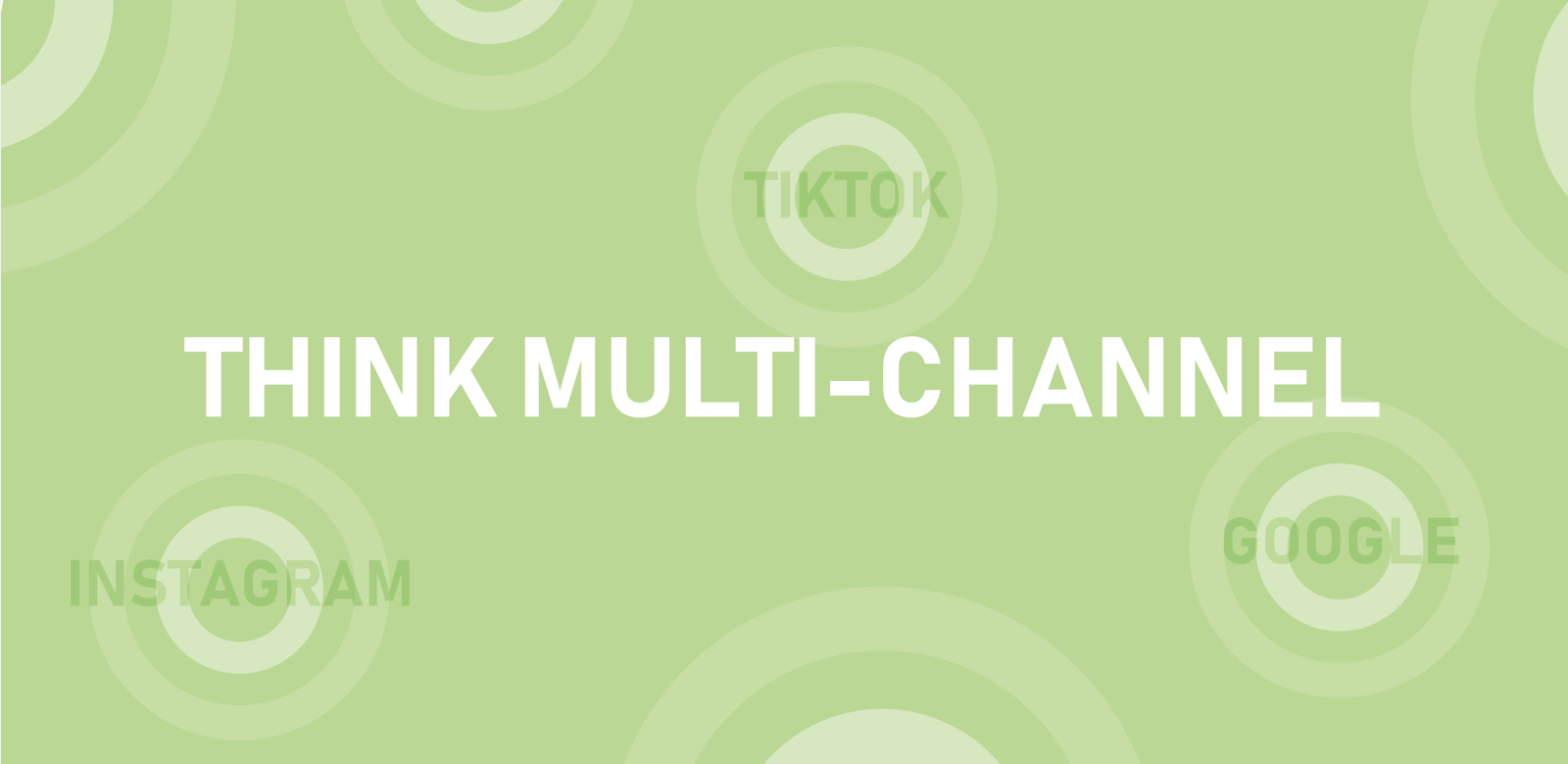There used to be an old rule of thumb that it took 7 interactions for a consumer to reach a decision on purchasing a product or service.
Obviously, there are many permutations that can affect this: category, value, buying cycle, repeat purchases, or a new decision to name just a few. But as a catch-all rule, 7 was the number.
That was back in the late 90’s / early 00’s. But by the early 2010’s, the number of interactions needed to make a purchase had more than doubled, to 16. By 2017, it was 21.
Today, the number stands at 33. That’s thirty three decision-making-micro-moments between acknowledging that you need something, and the point of purchase. A staggering increase from where we were in the 90’s. And to ensure consumers part with their hard-earned cash at the end of this prolonged, intense period, brands need to figure out a way to stand out at every stage.
How to take AIM at those key marketing moments

In the most recent IPA Touchpoints report ‘Making Sense, The Commercial Media Landscape’, Les Binet commented: “These are exciting times. We are in the middle of the biggest transformation in media consumption since broadcasting began in the 1920s, and the revolution continues. Marketers are discovering new ways to reach and influence people and, used correctly, these new tools can dramatically increase marketing effectiveness.”
The new tools Binet mentions are the key to capitalising on every one of those 33 consumer touchpoints. And there are three important ways to make sure you make the most of them.
1. Think multi-channel
Since the early 00’s, social media has changed the rules of engagement in advertising in unimaginable ways. However, while most brands will back up a TV campaign with social activity these days, a straightforward Facebook campaign is no longer a golden ticket to engagement city.
In fact, today we’re seeing clear evidence of social fatigue. In the States, Facebook has lost 2 million users in the last 2 years, as younger users have moved to Instagram, TikTok, and ever-growing niche platforms. Most people now spend more time in messenger applications than scrolling through social feeds. And naturally, all this has implications for brands.
To keep up, brands need to be thinking about multiple platforms, multiple messages, and diversity of content and campaign inventory, to drive multiple engagements at a velocity that keeps them front-of-mind for their target audience.

2. Context is key
Diversifying our marketing efforts is only part of the equation: we also need to get inside the mindset of the consumer, to appreciate when and where these touchpoints happen, and the rules of engagement.
After all, the journey to a decision takes in many moments. It’s our job to think about the context of those moments. For instance, our consumer could be scrolling on the commute, ‘dual screening’ on the sofa whilst binge-watching a box set, or browsing on their laptop in an office. Each of these very different moments needs us, marketers and brands, to think about what the consumer is looking for, what they’re prepared to consume, in what form, and for how long. And then adapt accordingly.

3. Develop a journey to conversion
We marketing folk seem to obsess about conversion figures. But the reality is that only 1-5% of consumers actually convert. So what’s happening to the other 95-99%?
It’s time we stopped spending all our time and energy on those who get to the end of a journey, become a lead, switch brand or buy something online. Let’s think instead about the rest of the journey, and how our brand can play a more influential role during every one of those 33 consumer interactions.
It’s time to flip your thinking. The first interaction with the 95-99% of our audience is gold.
At Delineo, we invest in the idea that the first interaction with a brand is an ever-appreciating asset. Gaining value as the user moves from one platform to another, and we multiply messages, serve useful content, and offer influencing factors, all to drive the consumer closer to the magic 33 interactions that precede conversion.
If we can make ourselves useful throughout the journey, rather than just at the end, this can drive consideration and put the brand on the shopping list further down the road.
So, have you got a plan for the 33 messages you need to drive purchase or conversion?
Download File
Please submit this form to receive download in your email


